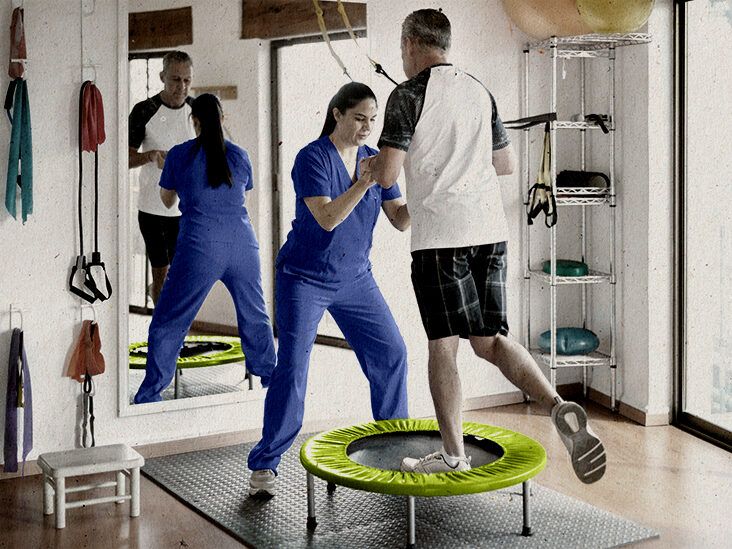Investigating the Varied Methods of Physical Rehabilitation for Enhanced Healing and Restoration
Investigating the Varied Methods of Physical Rehabilitation for Enhanced Healing and Restoration
Blog Article
Physical rehabilitation is an essential discipline that helps people recover from traumas, surgeries, and various health issues. It involves a range of techniques aimed to improve movement, alleviate pain, and enhance overall bodily function. Physical therapists are trained experts who evaluate each client’s needs and create customized treatment plans. These plans often include exercises, manual therapy, and education about body mechanics. By employing these diverse techniques, physiotherapy can substantially improve a person’s standard of living.
One common technique used in physiotherapy is rehabilitative exercise. This involves specific movements and activities that assist build muscle strength, improve flexibility, and increase endurance. For example, a patient rehabilitating from leg operation may perform exercises that focus on restoring strength in the lower limb muscle groups. These activities are carefully selected based on the patient’s status and goals. By gradually increasing the intensity and complexity of the activities, physiotherapy therapists can assist patients regain their power and movement over time.
Another crucial method is manual therapy, which includes hands-on approaches to manipulate the human body soft muscles and articulations. This can involve stretching, mobilization, and manipulation. Manual therapy aims to relieve discomfort, reduce inflammation, and improve blood flow. For example, a therapist may apply light force to relieve tension in stiff muscle groups or to assist a joint function more smoothly. This method is often integrated with other therapies to improve rehabilitation and encourage recovery. Patients often find hands-on treatment to be a soothing and effective way to control their discomfort.
In furthermore to exercises and hands-on therapy, instruction plays a crucial role in physical. Practitioners teach clients about their conditions and how to handle them effectively. This may entail guidance on proper posture, body mechanics, and strategies to avoid future injuries. For example, a practitioner might show a patient how to raise heavy objects properly to prevent straining their spine. By empowering patients with understanding, physiotherapy therapists help them take an active part in their recovery and promote sustained health and well-being.
Finally, technological advancements is progressively being integrated into physiotherapy practices. Devices such as sonography, electrotherapy stimulation, and virtual environments can enhance conventional therapy approaches. These tools can assist alleviate pain, encourage healing, and offer interactive ways for patients to participate in their recovery. For example, immersive environments can generate engaging settings for clients to practice movements in a safe plus secure setting. As advancements continues to develop, it offers promising opportunities for improving recovery results in physiotherapy.
In conclusion, physical includes a variety of techniques that function in unison to assist rehabilitation and healing. Through rehabilitative exercises, hands-on treatment, patient instruction, and the application of technology, physiotherapy practitioners provide holistic care customized to each patient’s needs. This comprehensive approach not only helps clients regain their physical capabilities but also empowers them to sustain their health in the long future. As more people acknowledge the advantages of physical, it remains to serve a crucial role more in the pathway toward improved well-being and fitness.